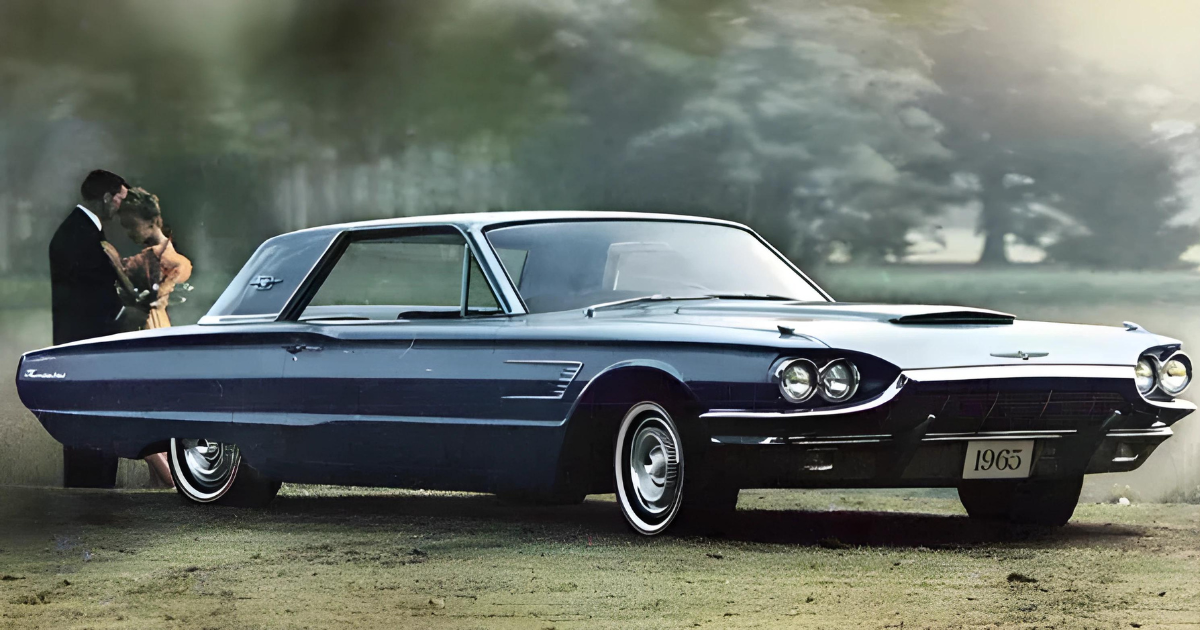
Volkswagen, a titan in the automotive industry, underwent a remarkable transformation during the 20th century, evolving from the manufacturer of the German “people’s car” into a global powerhouse with a devoted fan base. Spearheaded by the visionary Dr. Ferdinand Porsche, Volkswagen earned widespread acclaim for its commitment to producing practical, reliable, versatile, and affordable vehicles that appealed to a broad spectrum of consumers.

One of Volkswagen’s most enduring creations, the Volkswagen Type 2, commonly known as the VW Bus or Transporter, achieved cult status and enjoyed an impressively long production run. Conceived in the late 1940s by Ben Pon, a Dutch Volkswagen agent, the Type 2 was conceived as a van built upon the platform of the iconic Beetle sedan, leveraging its proven engineering and design principles. Its distinctive appearance and versatile functionality have made it an iconic symbol of automotive history, beloved by enthusiasts worldwide.

Officially introduced as the Volkswagen Type 2 in 1950, this iconic vehicle swiftly gained traction in the market, providing a versatile array of models tailored to fulfill a wide spectrum of commercial and domestic requirements. Retaining the rear-mounted 1,200cc air-cooled engine and four-speed gearbox from the Beetle, the original Type 2 underwent modifications to accommodate the van’s heightened weight and payload capacity.

This meticulously engineered setup not only ensured a reliable and efficient powertrain but also reinforced Volkswagen’s reputation for quality and performance. The Type 2, known for its adaptable design and robust engineering, became synonymous with reliability and versatility, embodying Volkswagen’s commitment to excellence in meeting the dynamic demands of its customers, establishing an enduring legacy in automotive history.

Over the years, the Volkswagen Type 2 underwent several upgrades and refinements, including engine enhancements and improved handling, to maintain competitiveness in the automotive market. In 1968, it received its first major design overhaul, preserving its iconic silhouette while introducing modern aesthetics and enhanced performance. With sales nearing two million units, the Type 2 had already gained a loyal global following, reflecting its enduring popularity and widespread acceptance.

Throughout its production history, the Volkswagen Type 2 has transcended its role as a mere mode of transportation, becoming a cultural icon and symbol of freedom, adventure, and individuality. From its humble beginnings as a utilitarian van to its status as a beloved classic, the Type 2 has left an indelible mark on automotive history and continues to captivate enthusiasts and collectors alike with its timeless appeal and enduring legacy.




